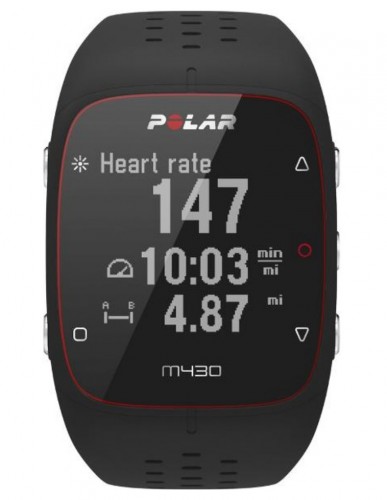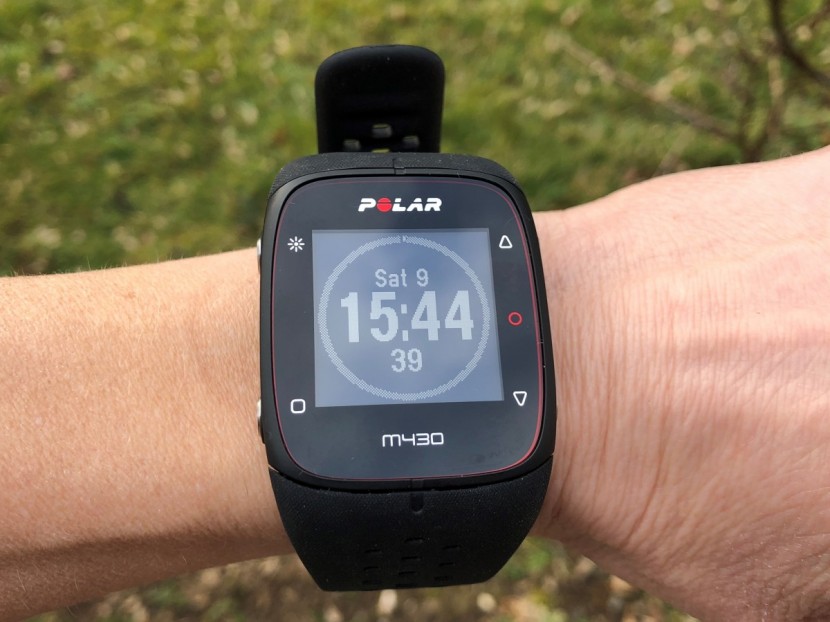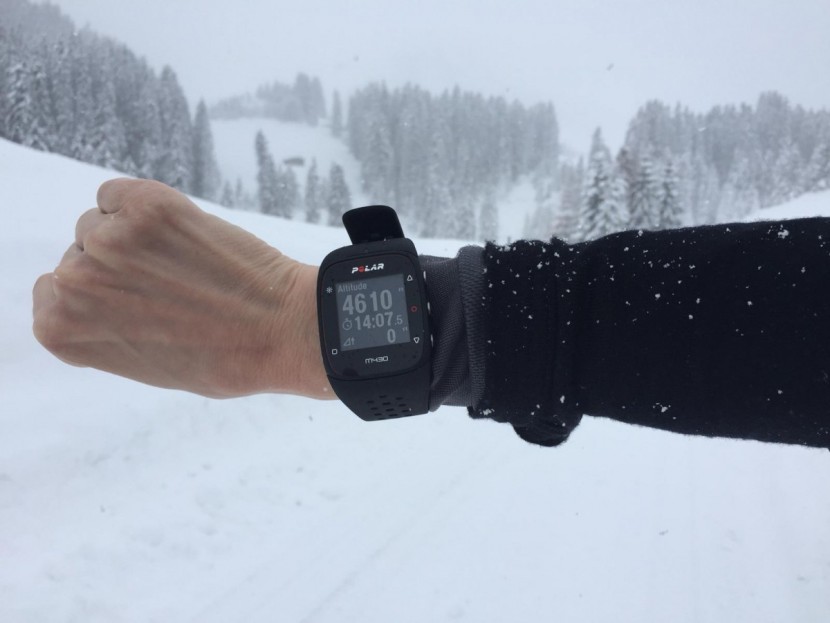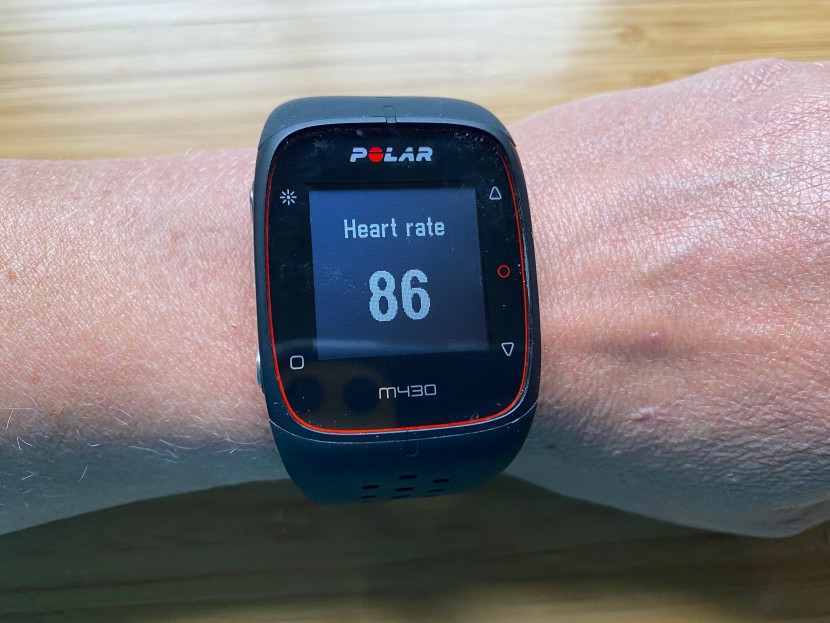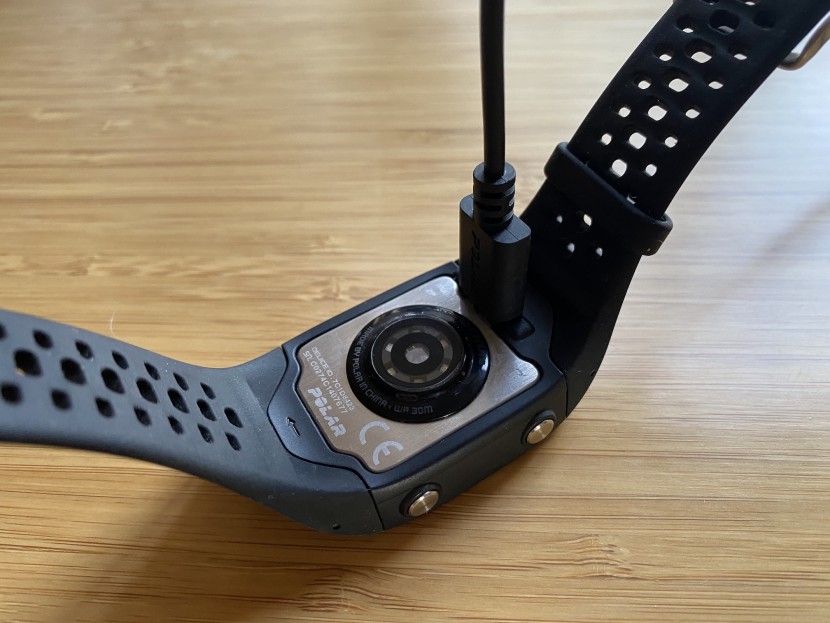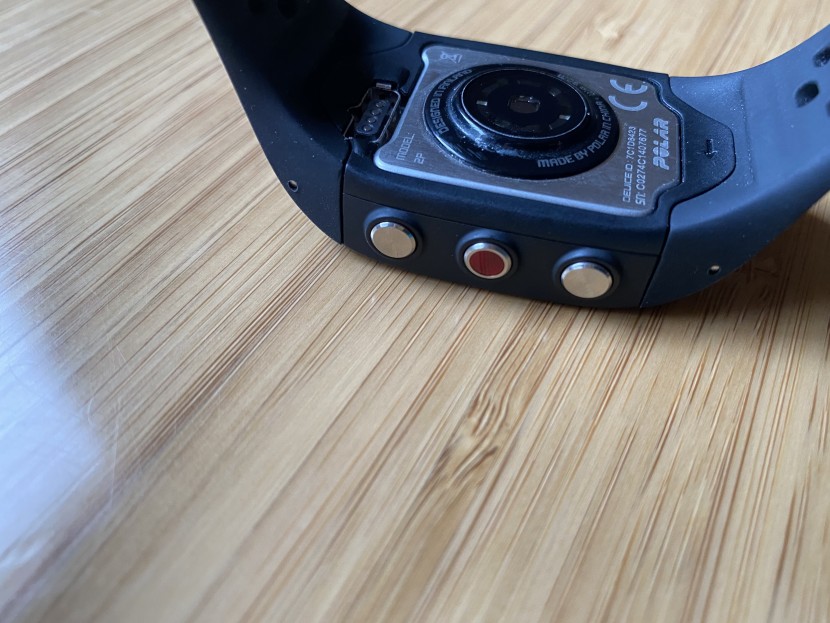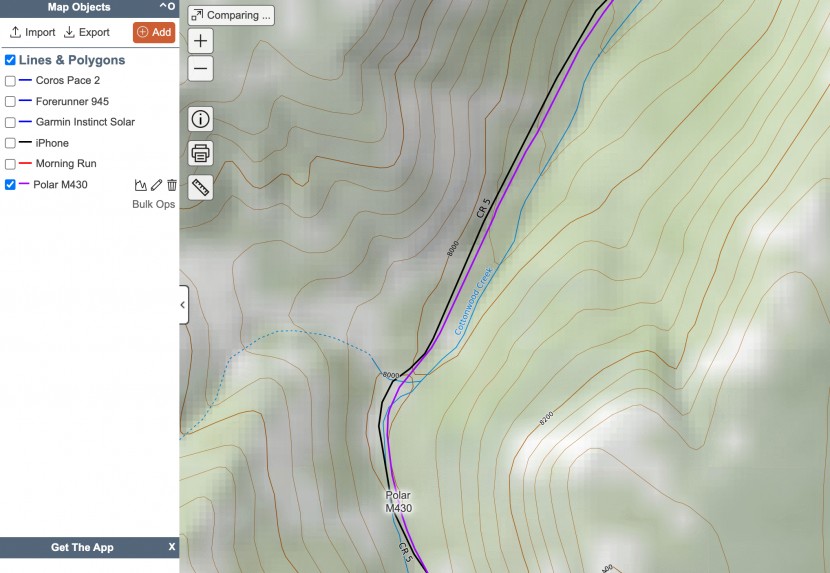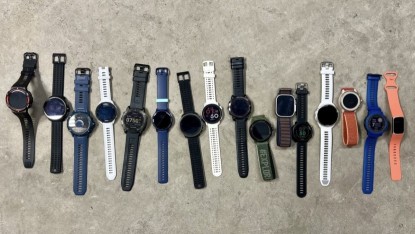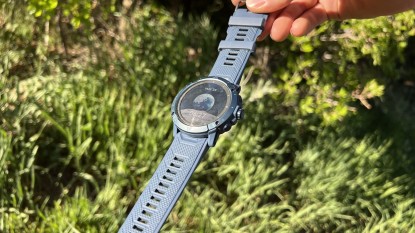Polar M430 HR Review
Our Verdict
Our Analysis and Test Results
The Polar M430 stands out for its heart rate accuracy and simple design. It features basic health monitoring, activity tracking, and sleep tracking with the use of the Polar app. However, while it's priced lower, there are much better GPS watch options on the market at the same price point, so it's not one that we easily recommend.
Features
This is a decently featured watch that will be sufficient for most athletes that like daily health and sports data. It features daily health tracking (i.e., pedometer, calories, personal goals, sleep quality), timers, alarms, diary, and four simple sports modes (running, cycling, other outdoor, other indoor) out of the box. You can also optimize the look and watch faces (five options) and enjoy smart notifications. It does not have a blood oxygen sensor or other high-end features like wireless pay, maps, or navigation.
The Polar Flow app is used as the main software platform to make the Polar M430 HR more functional. It automatically syncs activities when paired and will provide you with data like sleep time and your calendar. On the calendar, you can add activity plans manually, including goals for heart rate. On the app, you can also access tutorials, different sports profiles, the store, and blogs for a more integrated experience. We appreciate that this device will automatically share data across platforms as well, as it does not have its own social sharing ecosystem.
A notable highlight is the heart rate sensor which uses six lights to capture data and has continuous heart rate monitoring. We also like that the fitness test requires you to simply lay still while it tries to capture your VO2 max instead of requiring you to do a series of activities. Overall, the features are a bit limited but complete for most recreational athletes.
Notable Features:
- Sleep tracking
- Fitness tracking
- Sports profiles (many to choose from)
- Recovery status
- Training loads
- Continuous heart rate monitoring
- Activity summaries that include GPS mapping
- GPS altimeter (no barometric altimeter)
- No navigational features or compass
- Water-resistant WR30
- Check out a full list of features on Polar's website.
Battery Life
This watch offers enough battery life to satiate the needs of most recreational athletes but isn't geared towards ultra-distance goals. GPS life is simply too short for most ultra-athletes. Polar advertises five days in smartwatch mode (with daily training sessions), 14 days in standby mode (basically all features shut off, and only time), and 8 hours in GPS mode. Charging takes 90 minutes based on our tests.
During our battery tests, we noticed that with regular activity (3 times per week, 1-2 hour sessions), we had to charge the watch once every 1.5 weeks, which is continuous with the numbers Polar advertises. During our GPS testing, we set it out and let the GPS run. After about 7 hours, it switched itself into power-saving mode and continued to last for another 12 hours before turning off completely.
Since our main GPS test involved the watch staying in one location, we think that the actual GPS time would be closer to 6 hours. This was verified when we took it out for a 3-hour run starting at 100%. It was at 50% after that time. For shorter distances, this is a good option.
Ease of Use
The simple monochromatic design with a large watch face and font make the M430 easy to use. There aren't too many features, and the button set-up is pretty self-explanatory. There are three buttons on the right (an enter button and two toggle buttons) and two buttons on the left. The buttons are relatively flat, so they don't catch on clothing, but we found that pushing them required a little extra effort than most.
Starting a sport requires you to go back to the time screen and press the right middle button. This will bring you to an activity screen where you will choose from your preloaded profiles. From here, you hit start, and your activity will start almost instantly. Unfortunately, there's no way to really tell if the satellites or your heart rate has picked up.
Overall, we think this watch is simple and easy to figure out. Set-up takes under five minutes but does require you to charge the watch before you can begin. The app is simple to use, and it's easy to find everything you need on the software platform.
Accuracy
The most current Polar M430 has much better accuracy than its predecessor. During our testing period, we looked at GPS and heart rate accuracy. To test GPS accuracy, we ran all watches simultaneously on a 10.8-mile bike ride and compared the data.
During this test, the GPS accuracy proved to be about average compared to the rest of our lineup. At the beginning of our bike ride, a tiny bit of data was lost, but in the areas where the GPS signal was in and out, the track showed pretty good coverage. The distance logged was 10.75 miles with a descent of 2020 feet. The actual data was 10.8 miles with 2,200 feet of descent. So while this is close, it isn't 100% on point. We also ran trails through covered areas and never noted any big difference in the data collected versus what was returned. Overall, we deem GPS accuracy to be good.
Heart rate accuracy, on the other hand, is excellent. It was never off by more than 2 bpm, which is an outstanding result. Only a few times on a trail run did we notice a heart rate that wasn't correct. In all cases, it was most likely because the watch was slippery from sweat and the strap had loosened, or the sensor wasn't sitting exactly where it should have been. The heart rate sensor protrudes more from the watch's body than on most models, which we think helps to maintain contact — something many of the other models struggle with.
Design
Simple and a bit dated. While many other watches feature colored screens and more attractive fonts, this one has a monochromatic and pixelated look, making it look less current than it is. We measured the body to be quite large (37 x 43mm) with a thickness of 14mm including the heart rate monitor. We weighed it at 1.6 oz. The manufacturer claims thickness at 12mm and weight at 1.8 oz. We measured the screen to be much smaller at 23mm across and high. We do wish for a larger screen, especially since the body is so relatively large.
The data is clear and easy to see in all types of light. There is a backlight that can be turned on with the press of a button for any night-based activity. The fit overall is good, but smaller-wristed users might find it hard to get heart rate data. Overall, the design is a bit lower than average, but the look might be attractive to some.
Value
The Polar M430 comes priced at the lower end of the spectrum, but there are much better options to choose from. While it boasts good accuracy (especially the heart rate monitor), it's not our first choice for value. There are better, more featured options on the market that are easier to use with better battery life and overall performance.
Conclusion
The Polar M430 HR doesn't really stand out next to the competition. It is designed to track daily fitness and sports with simplicity in mind. That said, we think there are much stronger contenders in this review that are overwhelmingly better at the same or a similar price point. However, this one does stand out for having excellent heart rate monitoring capabilities for short periods of activity.


